Lima is the capital of Peru and not only the entrance door to the country of Machu Picchu, Nazca Lines, Colca Canyon, or Amazon. The Peruvian capital has many treasures to discover. Therefore, with the Machu Travel Peru team, we want to tell you everything about the charms of the capital of Peru. The capital has beautiful sunsets on unique beaches, various water sports to practice, catacombs, and stunning colonial temples.
Lima is famous for Peruvian gastronomy. Therefore, the city was chosen as the gastronomic capital of South America, with restaurants in the top positions worldwide! Join us to discover more in the following article and our Lima Travel Guide.
Everything you need to know about the Peruvian capital
- Lima the capital of Peru
- What’s mean Lima?
- Location
- Population
- History
- What to see in Lima
- Best time to visit
- How to get there
- Safety and security
- Some FAQs
Lima the capital of Peru
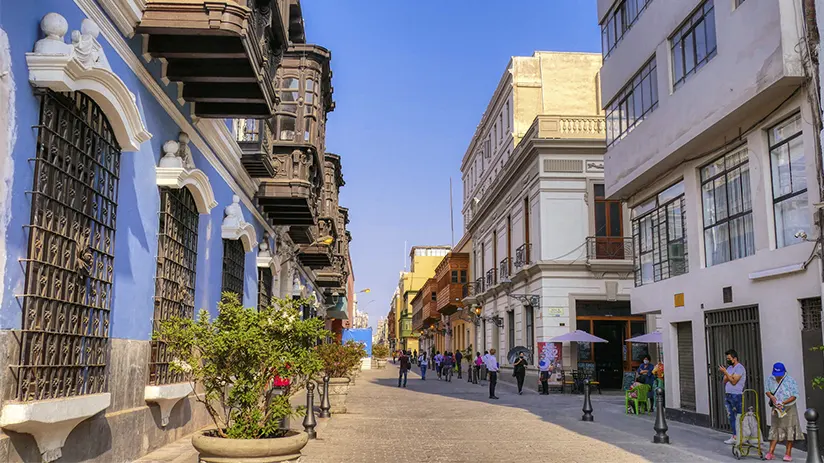
As we mentioned, Lima is the capital of the Republic of Peru and the main commercial and industrial city. It is a historic city with a clear stamp of the colonial era and a modern urban dynamism permeating the streets.
Also, Lima is famous because you can see the sea and waves at the end of its buildings, streets, and churches on the beaches. Quiet corners, new streets, and elegant old buildings are characteristics of its beauty. At the same time, the night air transforms the city into a new and distinctive place where youth takes over the streets. You will find many things to do in Lima, so you should not miss exploring this city.
What’s mean Lima?
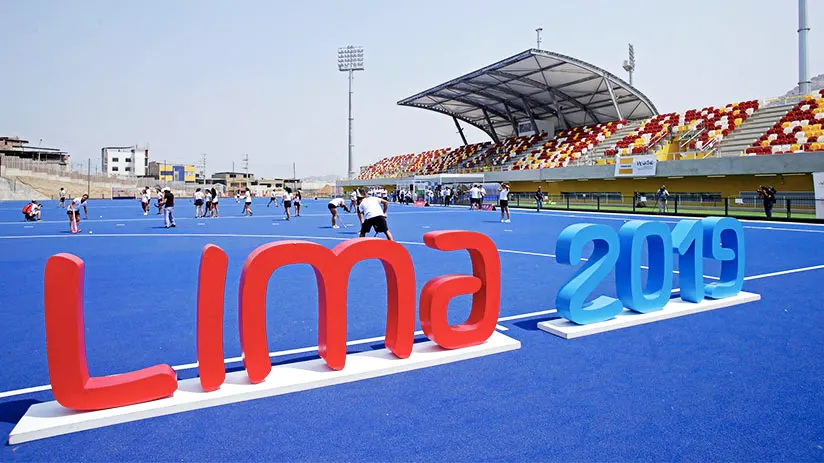
Many scholars affirm that “Lima” comes from a Quechua word that the Incas gave to one of the three main rivers surrounding the zone. This word was “Rimaq” river, and it means “the one who can speak” or “the river who speaks.” Over the years, this word drifted to another one that replaced the “R” with the “L” without the “Q” final letter.
The “Talking River” is named because it drags solid stones, which create a sound, like a whisper when colliding with each other. Moreover, this name does not refer to the inhabitants of Lima.
At the time of Viceroyalty, the city was renamed the “City of Kings” because the day of its foundation coincided with the Christian holiday “Three Kings Day”. However, over time, it took on the name Lima. As you can see, the origin of the word “Lima” couldn’t be further from what is commonly known, which is the fruit that intervenes in the Ceviche preparation.
Location
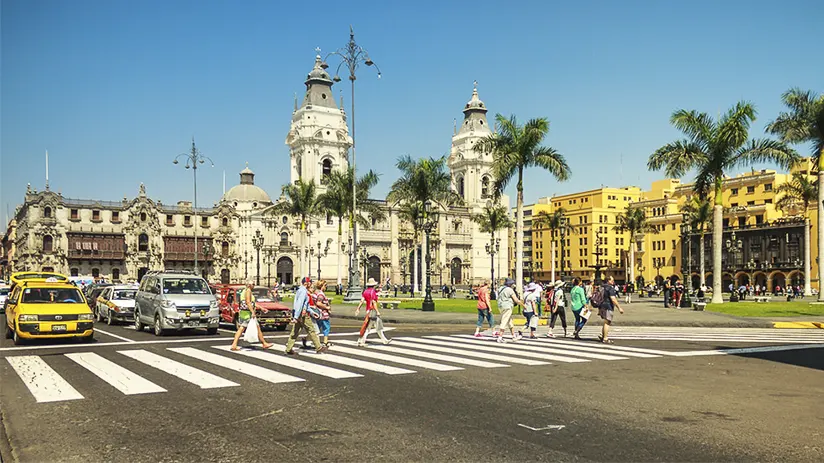
Lima, the capital of Peru, is located in the northern half of the western South American coast, precisely in the middle of the coastal desert. It is correct at the foot of the slope west of the country’s central Andes, 13 km. (08 miles) inland from the Pacific Ocean (port of Callao). It is approximately at sea level (156 meters or 512 ft. elevation) and about 12 degrees latitude on the Rimac River’s south bank.
Even though the original settlement was located in the Rímac river valley, today, the city extends over a vast desert region with other valleys around it, in the middle of an area where plateaus, peaks, and valleys abound. By the way, Lima is considered the world’s second-largest desert city, just after Cairo, in Egypt!
Moreover, Lima’s elevation gradually increases as one moves away from the coast, leading to mountains of more than 5,000 fts. For example, the Plaza de Armas of Lima is about 15 km. from the beach and over 161 meters above sea level. The highest district of the city is Lurigancho, located about 950 meters above sea level.
Furthermore, you can feel the altitude difference when you go from Lima to Machu Picchu by bus, or, in other words, from the coast to Sierra. Amazing!
Population
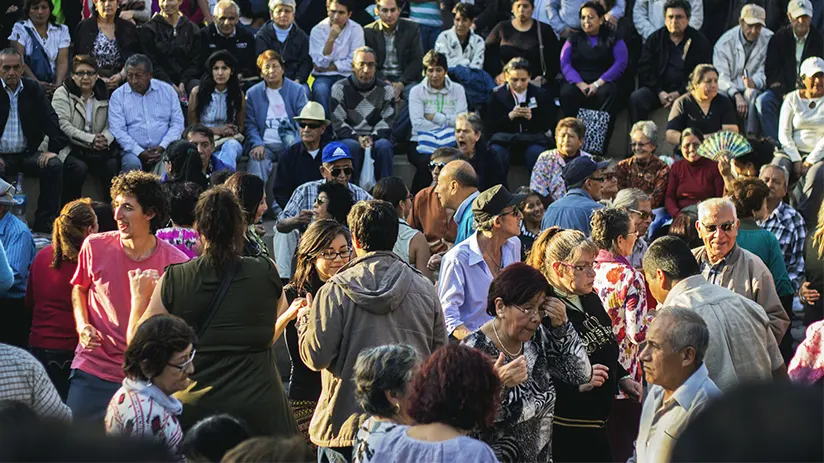
The population density in Lima has a figure of about 11 million inhabitants. According to estimates by the Peruvian Institute of Statistics and Informatics made in January 2022, it is. And one of its most inhabited areas is the coast, where most of the country’s population lives. And exactly where Lima is located. Lima is home to around a quarter of the Peruvian population.
So you can appreciate true cultural diversity and ethnicity. Its millions of inhabitants are the cause of the rural migration to the cities that has occurred in recent decades, especially the one that happened in the 60s of the 20th century.
At the beginning of independence, the city was inhabited by Spanish, African, Amerindian, and mestizo-origin people. But with the start of the Republic, the city became a source of European immigrants. The vast majority were Italians, Germans, French, British, and other Central Europeans. Also, at the end of the 19th century, diversity was further promoted with an influx of Japanese and Chinese immigrants.
History
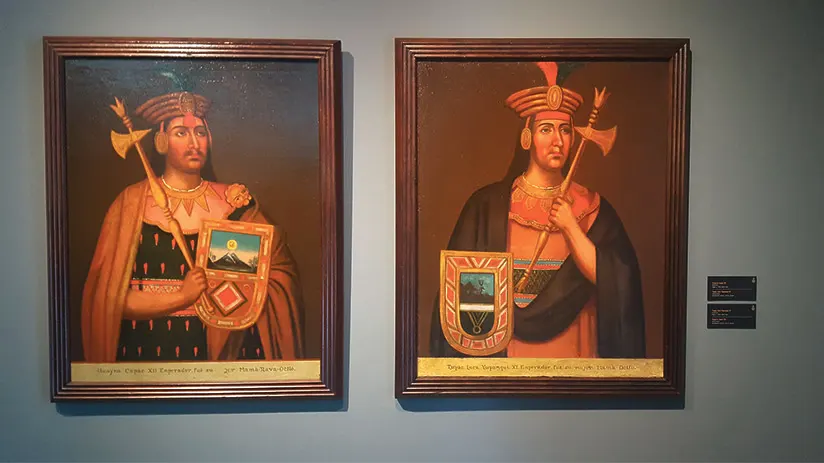
Lima’s origins have much to do with the Wari culture, another great Peruvian culture besides the Incas. Maybe not everyone knows the Wari. But they were the first to inhabit the center zone of the Peruvian coast around 550 and 900 A.C. Years passed, and, like other cultures, Wari suffered a decay around 900 A.C. But its descendants created little lordships instead. In this sense, the Ichma Lordship prevailed in the area as guardians of an ancient Wari vestige, the Pachacamac religious and adoration center.
In 1469, the Inca empire conquered the Ichma lordship. The area was surrounded by the Rimac, Lurin, and Chillón rivers, and the Incas took advantage of it as an agricultural production field. Then, the Incas moved the harvest to the Inca capital, Cusco. This process continued until the arrival of Spanish conquistadors in 1532.
For this reason, we will mention some essential events regarding stages of Lima’s history:
| Conquest | On 18 January 1535, Francisco Pizarro founded Lima on the settlement of Curacazgo de Taulichusco, choosing the site for its strategic location near the sea and the main port, Callao. Pizarro sought an area with direct Access to the sea because of political instability and the majority of Inca prescence in the region. The city’s initial plan included some 117 blocks, and the main square was not in the center but near the riverbank to facilitate Access to the wáter. |
| Viceroyalty | Over the years, Lima stablished itself as the center of Spanish power in South America and became the political, ecclesiastical, and comercial capital of the Spanish Kingdom in the región. During the colonial period, it was considered the most crucial city in Latin America and an example of Spanish Renaissance architecture, built on top of Indigenous historic buildings. This fusión of culture, along with local and international migrations (Chinese, Japanese, Italians and Europe), contributed to forming a diverse city. Today, this cultural mis is reflected in Peruvian Cuisien, customs and Lifestyle. |
| Nowadays | Today, Lima is the capital of Peru and an important political and economic center. Lima is where 30% of the country people love 30% of the country’s population lives in Lima. The city is know for its beautiful old buildings. Some notable ones include Santo Domingo, San Francisco, La Catedral, and the Torre Tagle Palace. These buildings are located in Lima’s historic center. You can admire 19 th – century houses with impressive balconies and explore the city’s vibrant markets in Lima. |
What to see in Lima
Lima is a metropolis that encompasses many historical, modern and contemporary activities and sites. All of which are waiting to be explored, here onwards we will show you everything you need to know.
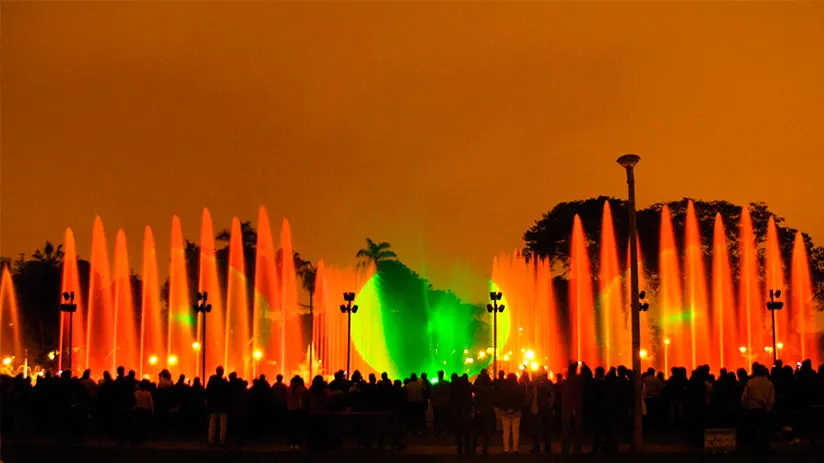
| Historic Squares | Main Square and Historic Center of Lima: The Historic Center of Lima is a UNESCO World Heritage site. Notable landmarks include the Renaissance-style Lima Cathedral, the Andalusian Baroque Torre Tagle Diplomatic Palace, the French-style San Martin Square, and the San Francisco Church Catacombs, all of which showcase colonial architecture. |
| Archaeological Centers | Pachacamac: is another important archaeological site from the Wari Culture (7th to 13th century BC). It is the second-greatest Peruvian culture, just behind the Incas. You could visit it with a local tour guide in the Lurin district. Huaca Pucllana: This pre-Inca archaeological site belongs to the ancient Lima human settlement (200-700 B.C.). It is located in the Miraflores district. We recommend visiting it with a tour guide to learn about its fascinating history. |
| Famous Museums | Larco Museum: This museum is known for collecting pre-Columbian art and ceramics from ancient Peruvian cultures. Other notable museums include the Anthropological Museum and the MALI (Lima Art Museum). Catacombs of San Francisco Church Museum: During the colonial era, people buried their dead in church catacombs due to lacking cemeteries. This popular tourist site in central Lima remains gingerly and has made a small contribution to the Franciscan friars. The Riva Aguero Museum: part of the Catholic University of Peru, is responsible for preserving and promoting Peru’s material and immaterial heritage. Visitors can view ethnographic pieces, altarpieces, virgins, and various stone and wood art forms. UNMSM Art Museum: This museum belongs to the University of San Marcos. and is an institution responsible for conserving, studying, and exhibiting historical heritage. It has collections of popular, modern, and contemporary art. |
| Beaches Circuits | In Lima, you will find beaches for everyone: Miraflores (surfing, paddle surfing), Punta Hermosa (relaxing, Sun tanning), La Herradura (swimming), Asia (boulevards and active nightlife), and more! |
| Tourist districts | Miraflores is a quintessential middle-class district in Lima. It features modern houses, shopping centers, and the Nigerian Kennedy Park, known for its abundance of cats. The district also has a pier offering excellent sea views. Barranco: located just south of Miraflores in Lima, is known for its charming streets, colorful houses, and cozy boulevards. A notable landmark is the “Bridge of Sighs”, celebrated in a song by the renowned Peruvian singer Chabuca Granda. This was the neighborhood of famous writer Mario Vargas Llosa. San Isidro: is a peaceful neighborhood with green parks and lovely homes, providing a break from city life. In the center is a busy area with modern buildings, fancy hotels, and stylish restaurants. It’s a lively place for both leisure and work. |
Best time to visit
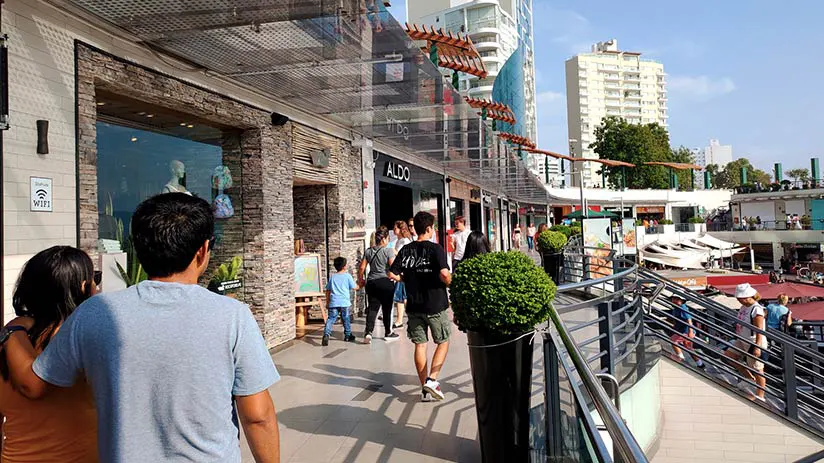
Due to its geographical location, Lima’s climate is quite particular. There is practically no rainfall, but there is a high level of humidity accompanied by persistent cloudiness, which is present from June to December until the beginning of summer.
The climate in Peru’s capital is quite warm, without excessive heat or extreme cold, despite being in a tropical zone. So, you will not require heating at home, except in winter. The average annual temperature is about 19 to 18ºC, with an annual maximum of 29ºC.
- Summer: The summers from December to April have temperatures ranging between 21 and 28ºC. Only when the “El Niño” phenomenon occurs can the temperature exceed 31ºC. Also, during this season, the clouds are lower, and you can see a sunny and hot climate with recurring humidity.
- Winter: Winters usually occur between June and September. The winter of Lima has temperatures between 12 and 19ºC. It is quite mild and cloudy, and the historically proven minimum temperature is about 5ºC.
- Autumn and Spring: In the autumn and spring seasons, temperatures fluctuate between 17 and 23ºC.
Something to keep in mind in the Peruvian capital is that the rain is almost nil. Regarding the best time to visit Lima, summer is the best time, although the whole year is a good time.
How to get there
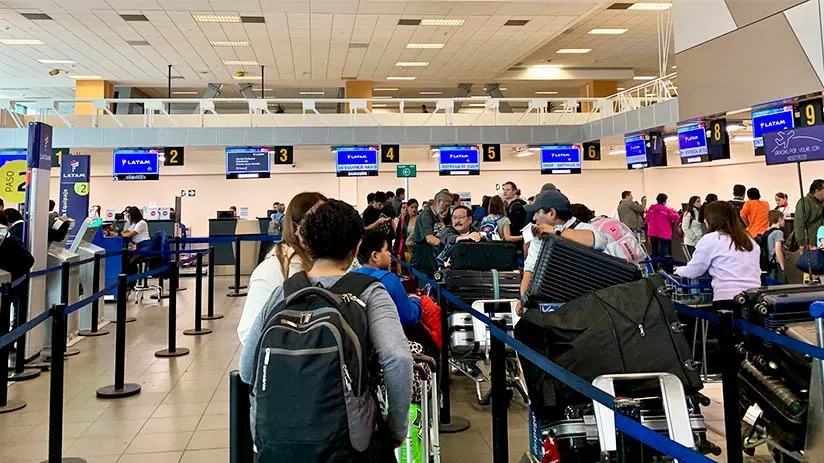
There are many ways to get to the Peruvian capital. An advantage of Lima is its high connectivity compared with other South American Capitals. Below, you will have the three ways to get to Lima:
- Flights: The International Airport of Jorge Chavez has 22 million visitors per year. This is because the airport is one of the principal hubs in South America and is used as a connection terminal for many international flights. Therefore, finding a flight direct to Lima from different parts of the world is almost certain!
- Bus/Car: The Panamerican highway begins in Alaska (EE.UU.) and finishes in Buenos Aires (Argentina). Even so, a section reaches Patagonia and Ushuaia in Argentina. This highway passes throughout all Pacific coasts of American countries: Alaska (United States), passing through the cities of Mexico City (Mexico), Guatemala City (Guatemala), San Salvador (El Salvador), Cali (Colombia), Quito (Ecuador), Lima (Peru), Los Andes (Chile) and Buenos Aires (Argentina). So you can take it this way if you have a particular car. Or hire a Bus service (Of course, if you want to take your time to get to Lima)
- Cruise: As we mentioned, Callao (A constitutional province of Peru) is one of the most important ports in South America and the principal in Peru’s capital. It is used for commercial transactions, tourism activities, and cruises. Usually, the international cruises that navigate the Pacific coasts of (EE. UU.), Panama, Colombia, and Ecuador arrive at Callao Port as the final destination to start the return. Royal Caribbean, Pacific Cruises, Disney, and Marvel trademarks are the most significant cruise companies already operating in Peru.
Safety and security
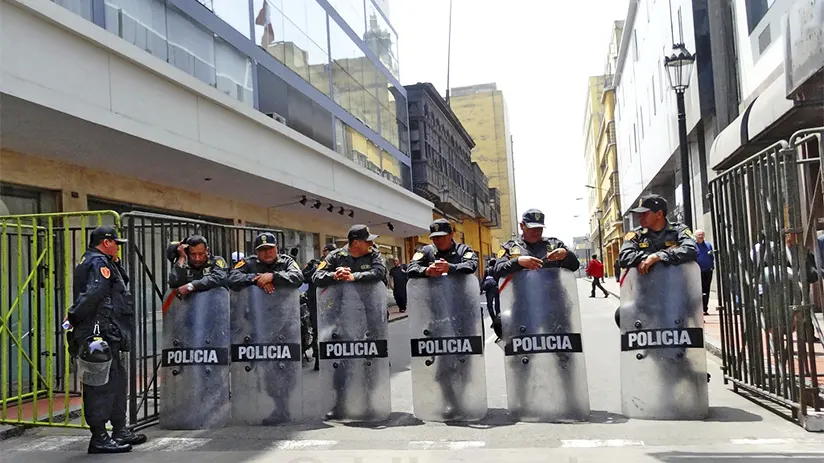
Is it safe to visit Lima? This is the principal question of many passengers when planning a trip to Peru, including Lima. Like any big city worldwide, Lima has “red zones” where it is dangerous to take a walk. Fortunately, these are located far from middle-class neighborhoods, where most hotels, attractions, and restaurants are located. However, not trusting and taking precautions will always be important:
- First, we recommend booking a travel agency service (tourist package) to visit these big cities. Having a tour guide (A person who knows the zone well to visit) will be necessary. And a great company for you.
- If you want to exchange money, do it in bank offices or formal money exchange houses. Never in the streets. Despite working with the highest exchange rate than the money Changers Street, the security offered by banks and formal houses of money exchange will always be an advantage for you and your safety.
- You can use credit cards or different payment method apps to buy something or hire services in the capital of Peru. Lima is one of the cities with the highest payment technology implementation in the region. The majority of restaurants, hotels, and even attraction entrances accept credit cards. You can only carry cash to give tips, an unusual practice in the Peruvian capital, but it is always important to practice it.
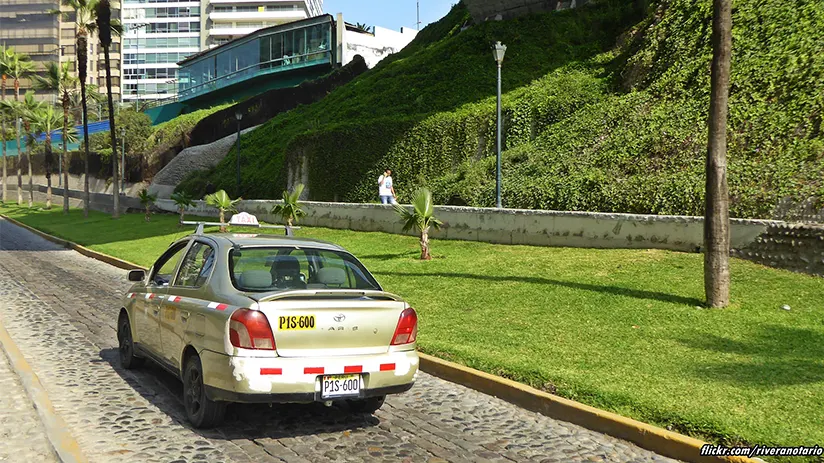
- Lima doesn’t have a coordinated system of taxis (for example, with a taximeter). Happily, Lima Municipality allows the operation of many taxi apps like Uber, Cabify, Didi, In Driver inter alia. Its residents tend to use them very often and these apps mean security in your journeys inside Lima.
- Keeping your cell phone in your pockets while you walk through Lima streets will be crucial. There are reports of Raqueteros, who snatch the cell phone from their distracted victim in the middle of the street and begin to run. Of course, using your phone inside hotels, attractions, restaurants, and even formal taxis will not mean any problem.
- Regarding health, the Peruvian capital has many particular clinics and hospitals that receive a good level of attention. Therefore, we recommend you call your travel insurer if you have any discomfort or ailment. They have conventions with many of these health centers. If you don’t have insurance, the personnel of the hotels and travel agencies are capable of referring you to the best possible health center.
Some FAQs
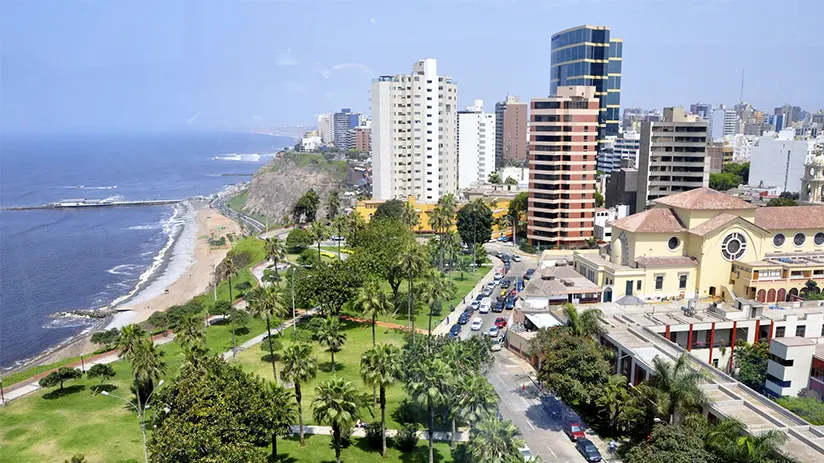
1. What language is spoken in Lima?
The city’s official language is Spanish, occupying 84% of its inhabitants. Castellano is the name of spanish spoken in Peru. And it is the main language used in the Peruvian educational system, the media, and the bulletins of the Peruvian government. In addition, the Human Development Index is very high there and its inhabitants can speak English very well if they need. But this does not mean that these are the only languages, there are other ones; like the official native language Quechua, and the Aymara, too.
2. What religion is commonly professed in Lima?
While the predominant religion in Peru is the Catholic religion. There are other religions both in the country and in the city of Lima. This is due to the extraordinary diversification and cultures that exist. Other religions of Peru include Islam, Judaism, and Buddhism. Although many indigenous Peruvians also mixed their traditional beliefs with the same Catholicism. And many of its catholic temples are today considered great historical buildings in Lima.
3. What is the local currency coin in Peru and Lima?
The Sol (the sun) is the name of the currency unit in Peru, including Lima. There are bills of 10, 20, 50, 100, and 200 Soles. Yellow coins of 5, 10, and 20 cents of Sol. Silver coins of 1, 2, and 5 Soles.
Remember, 1 American Dollar is equal to 3 Soles, or approximately 70 cents of Soles. The exchange rates are around 3.50 to 4.00 Soles.
“FOR THOSE WHO ARE LOST, THERE WILL ALWAYS BE CITIES THAT FEEL LIKE HOME”
As you will see, Peru is capital is as relevant as it is essential to get to know the country. Besides, if you plan a trip to Peru, you must land on this site. So we recommend you not to miss out on this beautiful site. Together with the Machu Travel Peru team, we hope we have been helpful. If you are planning your trip to Peru, we recommend that you consult our other articles. We do them with love and thinking of you. Don’t miss it and start organizing your dream trip!